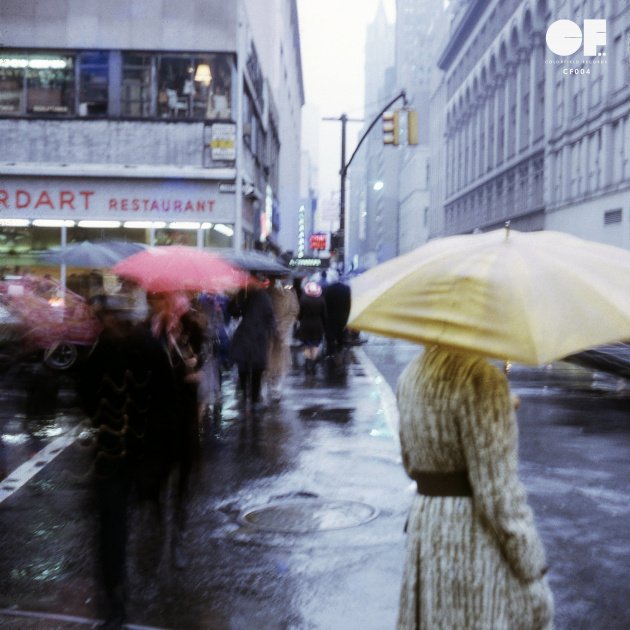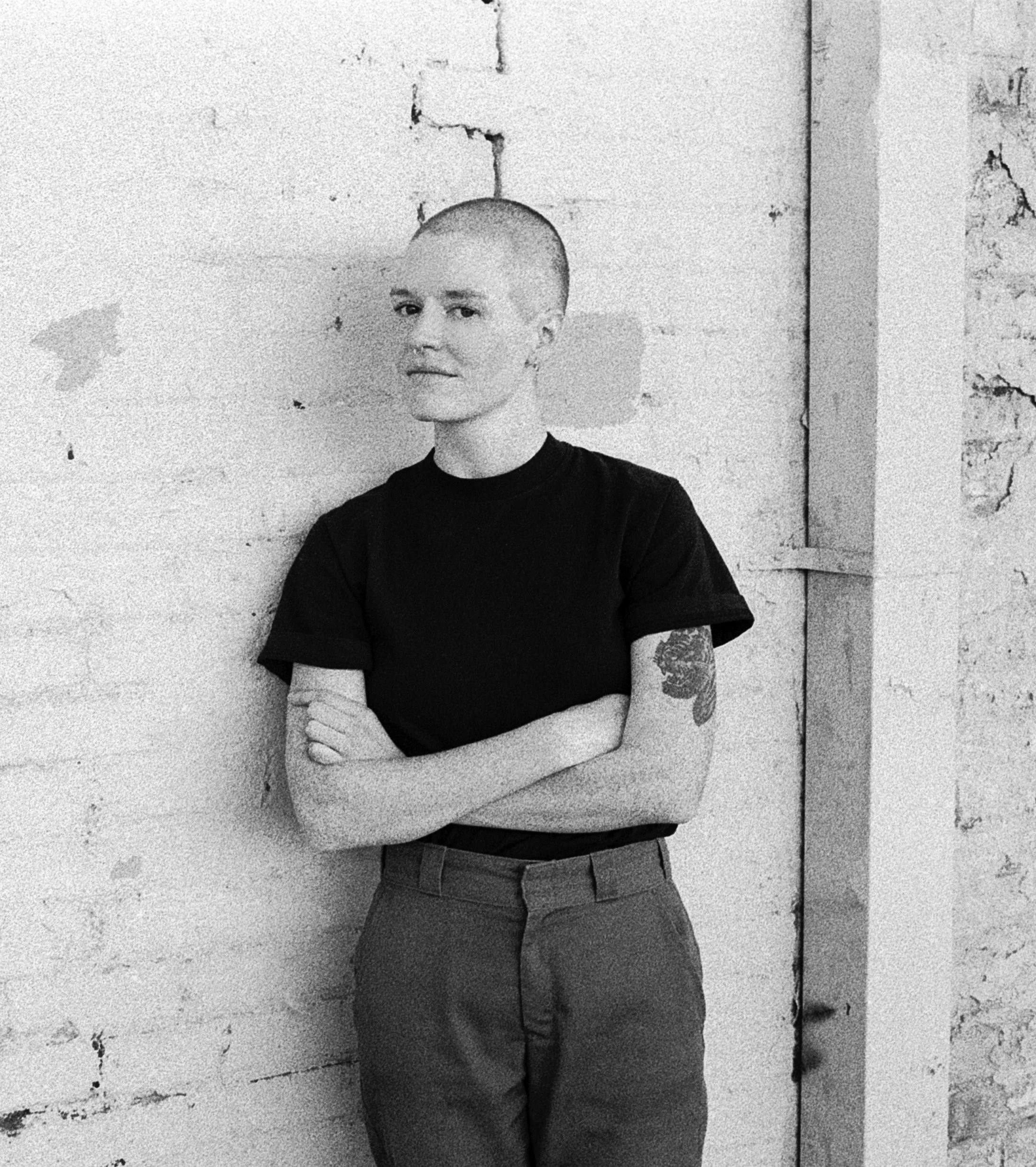BENNY BOCK'S ambient-jazz audio-visual journeys
Photo by Richard Bock
Benny Bock is a keyboardist, composer, producer and sound designer from Oakland, California. In 2021, Benny started recording Vanishing Act at Lucy’s Meat Market in Los Angeles. The instrumental record was produced with Pete Min for his new label, Colorfield Records, in which spontaneity and reaction are integral to the recording process.
Drawing from Benny’s background in sound design and session work, the album features eclectic keyboard instruments such as prepared piano, pump organ, Oberheim Four Voice synthesizer, and celeste, taking inspiration from folkloric as well as electronic influences.
Benny is joined on the record by acclaimed musicians such as Jay Bellerose, Abe Rounds, Rich Hinman, Daphne Chen, and CJ Camerieri, among others. The videos and cover art were made in collaboration with Benny’s father Richard, and compliment the album’s visual language. The record ranges from ambient, classical, folk, electronic, and jazz, and is the first full-length project Benny has released.
Interview by Interlocutor Magazine
You have a strong interest in synthesizers, and you had a stint working for synth pioneer Tom Oberheim. How did you end up connecting with Tom and what kind of work did you do with him? Has working with him influenced your approach to songwriting and music production in any unexpected ways?
I first met Tom when I was 18 and working at a synthesizer shop in Oakland. They had an instrument he built called the Two Voice Pro, which is two simple synthesizers in one box with a keyboard. He saw me playing the Two Voice on a video and invited me up to his office in Moraga, which is where we first met. I did beta testing, demos, NAMM conventions, that kind of thing…but I also helped him clear out and organize his storage units the summer before college.
It was amazing to go through decades worth of Oberheim documentation, prototypes, photographs – stuff that hadn’t been seen by anyone in a long time – and to hear Tom’s stories and his musical interests.
Working with Tom taught me a lot about playing polyphonically. His instruments evolved from a single voice to two, then four, and eight, just like how early choral music developed. I asked if his background singing in the UCLA choir influenced this, and he said it definitely did. What’s more, his early polyphonic instruments are special in that each voice is totally unique, there will be differences between voices much like each singer in a choir has their own individual sound in the ensemble. I had to investigate four voice music like Bach chorales and fugues to understand how to play the Oberheim Four Voice. That influenced my songwriting and sense of harmony a lot, I think.
You are a session pianist with a background in jazz, but Vanishing Act uses jazz more as a starting point before going to many surprising stylistic places, including ambient music, nature soundscapes, folk, lounge, drone music, and more...who are some musicians who influenced your unique creative approach with this album?
There’s too many to name here, but some that come to mind are Erwin Helfer, John Fahey, Billy Strayhorn, Juana Molina, Alice Coltrane, Thom Yorke, Terry Riley, Pink Floyd, John Lennon, Frank Proffitt, Mississippi Fred McDowell, Geri Allen, Ali Farka Touré & Toumani Diabete, Isao Tomita, Eliane Radigue, the wonderful field recordings of Alan Lomax…
Vanishing Act - Colorfield Records - cover photo by Richard Bock
Los Angeles has a distinctive jazz scene, such as the “West Coast Get Down” collective and many others who take a more hybridized approach to jazz — what drew you to working as a jazz-oriented musician in LA? Do you feel it’s currently a place that best fits your musical talents and aspirations?
What drew me was the amount of professional repair shops in the Valley, the sandwiches, and the level of creativity and freedom that so many musicians practice here. I do feel that the diversity of style and openness to explore among musicians makes LA a place I want to be for a while.
Vanishing Act is out on Pete Min's Colorfield Records, which has a distinct approach to production focused on improvisation, exploration, and having artists create music directly in the studio rather than coming in with any set compositions. How did you wind up working with Pete/Colorfield, and in what ways did this organic and spontaneous recording approach influence the overall tone and atmosphere of the album?
I met Pete through a mutual friend, Jason Lader. I instantly loved Pete’s studio, Lucy’s Meat Market, and his openness to allow artists to explore and create a record in an organic way. The record unfolded over the course of a few months, but generally most of the compositions began as studio improvisations which were then arranged and orchestrated.
The first and last pieces were improvised straight through, with a common theme and tonal center in mind. Certain things like his method of percussion overdubs, the prioritization of the first take whenever possible, reaction – not overthinking, and the stripping away of anything extraneous in the track are just some of the things Pete champions which have influenced me through the making of this record.
Vanishing Act includes a visual art collaboration with your father, Richard Bock. He shot the cover photo, and you worked together to create the video for “Eight Below Zero.” The video for “Dynamo” is comprised of Bolex 8mm footage assembled from a short film called “Retention” that your dad shot in 1972 when he was an NYC taxi driver. How did both rediscover this footage, and what was it like working with him to repurpose it for the video?
I’ve always loved my dad’s visual sense and grew up fascinated with his collection of 3D film slides that he shot over the years as well as his 8mm film collection. When we made this record I instantly thought that his photography would fit the mood of the music. We went through the shots he took in NYC in the early 70s and found the cover art and single art there.
We also went through his old footage of films that he shot in college under the direction of Nicholas Ray and collaboration with Nam June Paik. He hooked up his 8mm projector and we went through 50-year-old films that he hadn’t seen in decades, and that I had never seen at all. When we found the reel of “Retension” it blew our minds – how well it worked with the song “Dynamo,” and how exciting the footage was. He had shot it in a taxi cab when he was my age, 24, in 1972, with single frame captures and double and triple exposures. It was all done in the camera and created this amazing effect. We had it scanned and we then edited it to fit the song.
For “Eight Below Zero” we just went around places we loved in the Bay Area with my mom and shot it all outside. It was such a special experience getting to collaborate with my dad for the visual language of this record and I’m so glad it worked out the way it did.
Vanishing Act is available June 10.
Check out all of our other coverage of innovative musicians and bands
Main page photo by Omar Akrouche







